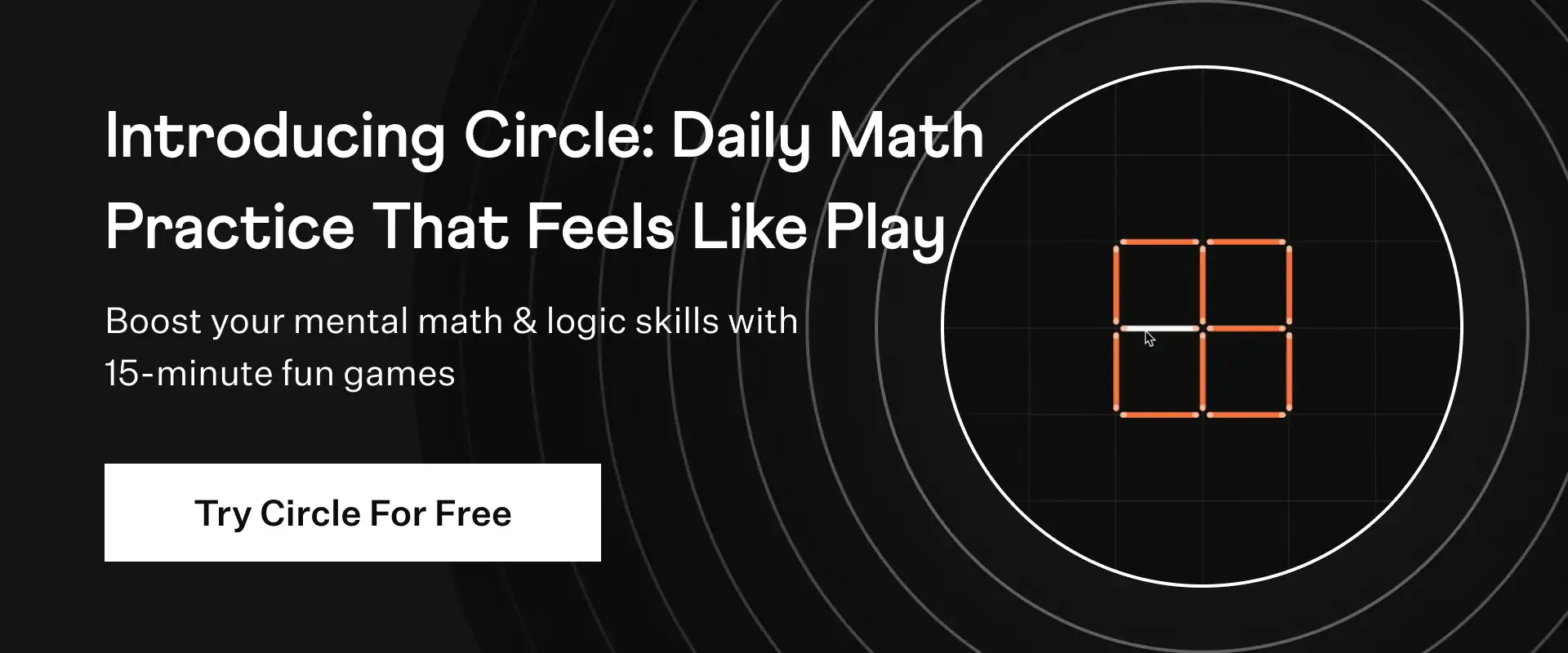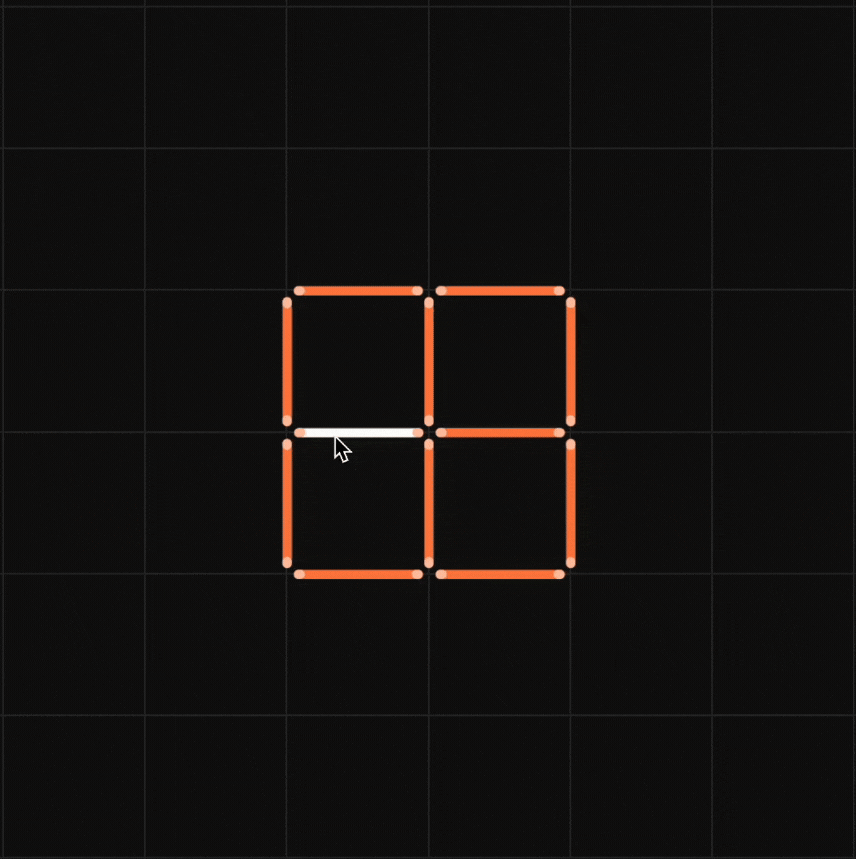

Explain why 7 × 11 × 13 + 13 and 7 × 6 × 5 × 4 × 3 × 2 × 1 + 5 are composite numbers.
Solution:
To solve this question, recall that:
- Prime numbers are whole numbers whose only factors are 1 and the number itself.
- Composite numbers are positive integers that have factors other than 1 and themselves.
Now, simplify 7 × 11 × 13 + 13 and 7 × 6 × 5 × 4 × 3 × 2 × 1 + 5.
On simplifying them, we find that both the numbers have more than two factors. So, if the number has more than two factors, it will be composite.
It can be observed that,
7 × 11 × 13 + 13 = 13 (7 × 11 + 1)
= 13(77 + 1)
= 13 × 78
= 13 × 13 × 6 × 1
= 13 × 13 × 2 × 3 × 1
The given number has 2, 3, 13, and 1 as its factors. Therefore, it is a composite number.
Now, 7 × 6 × 5 × 4 × 3 × 2 × 1 + 5 = 5 × (7 × 6 × 4 × 3 × 2 × 1 + 1)
= 5 × (1008 + 1)
= 5 × 1009 × 1
1009 cannot be factorized further. Therefore, the given expression has 5,1009 and 1 as its factors. Hence, it is a composite number.
☛ Check: NCERT Solutions Class 10 Maths Chapter 1
Video Solution:
Explain why 7 × 11 × 13 + 13 and 7 × 6 × 5 × 4 × 3 × 2 × 1 + 5 are composite numbers.
NCERT Solutions Class 10 Maths Chapter 1 Exercise 1.2 Question 6
Summary:
The numbers 7 × 11 × 13 + 13 and 7 × 6 × 5 × 4 × 3 × 2 × 1 + 5 are composite numbers since on simplification the numbers have (2,3,13 and 1) and (5,1009 and 1) as their factors respectively.
☛ Related Questions:
- Find the LCM and HCF of the following integers by applying the prime factorisation method. (i) 12, 15 and 21 (ii) 17, 23 and 29 (iii) 8, 9 and 25
- Given that HCF (306, 657) = 9, find LCM (306, 657).
- Check whether 6n can end with the digit 0 for any natural number n.
- There is a circular path around a sports field. Sonia takes 18 minutes to drive one round of the field, while Ravi takes 12 minutes for the same. Suppose they both start at the same point and at the same time and go in the same direction. After how many minutes will they meet again at the starting point?
visual curriculum